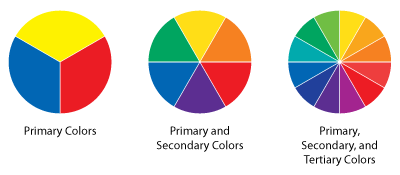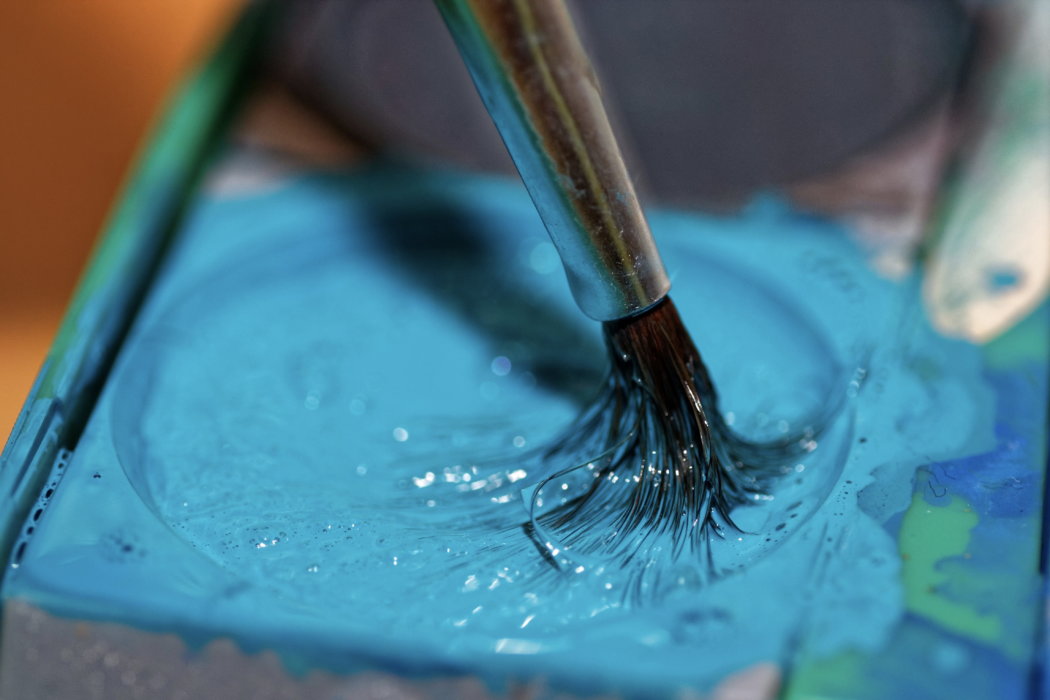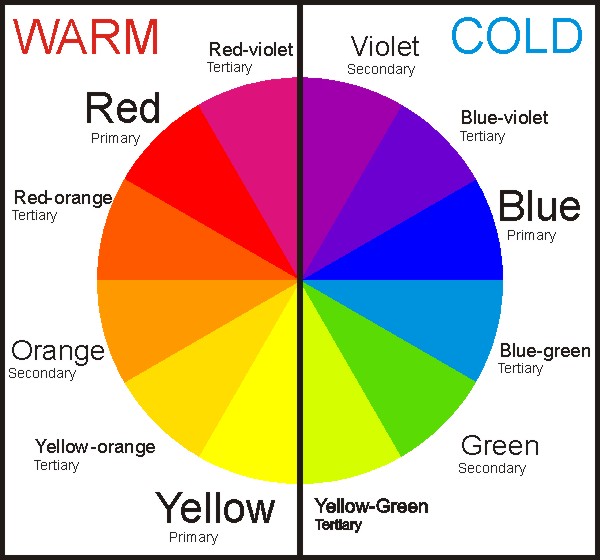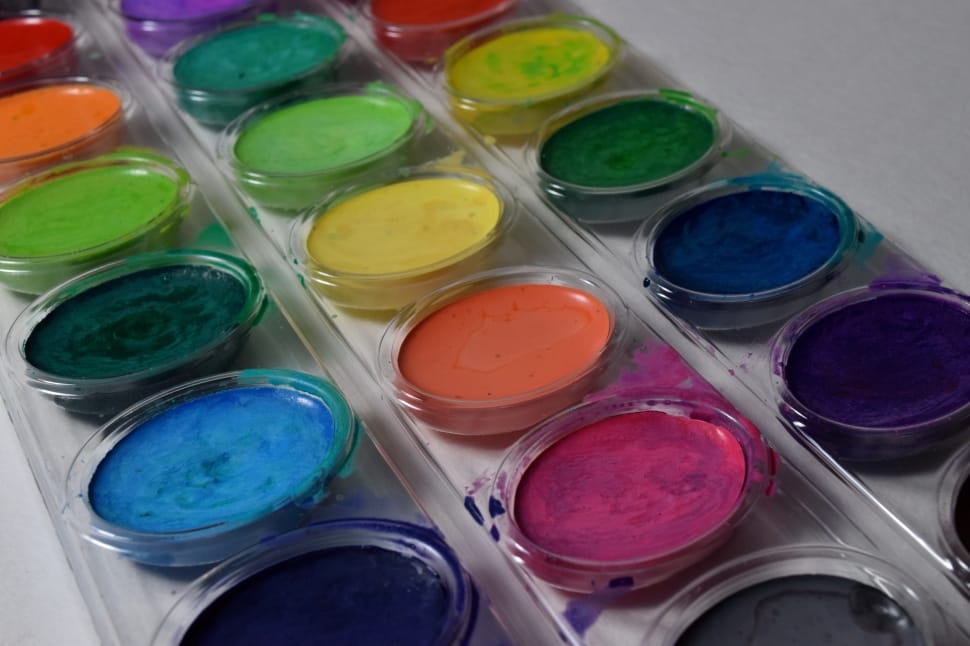How to Use Blue Watercolor in Art and Paintings
As a child, you probably played with watercolors while discovering the beauty of art and colors. You may have done color mixing and learned that new colors were formed during the process.
Blue is one of the best base colors to use to create new shades. If you are making artwork, blue can be combined with red to form violet or purple, and yellow to create green.
To put it simply, blue watercolor is a flexible color that can help create secondary and tertiary colors.
So, how do you maximize blue watercolor and use it to make beautiful artwork?
Keep reading to explore the beauty of watercolor and the many uses of blue for different art applications.
Going Back to Basics
Before we get to the watercolor part, let us first study the basics of color mixing and combinations. The primary colors in the color wheel are red, blue, and yellow.
These colors are the source of all other colors.
Primary colors can be combined to form secondary and tertiary colors. If you mix blue with yellow, the color you get is green. Meanwhile, if you add red and blue, you will get violet. Finally, mixing yellow and red will give you orange color.
The formed colors are called secondary colors: orange, green, and violet. These colors, when combined with primary colors, result in tertiary colors. Tertiary colors are red-orange, red-violet, blue-green, blue-violet, yellow-green, and yellow-orange.
Using watercolors, you can test which colors are formed when you combine two shades.
Watercolors also come with neutral shades like white and black, hence, you can create even more color varieties. You can use white to lighten each color and create pastels, or use black to darken hues into shades.
Warm and Cool Versions of Colors
In order to make colors appear warmer, you can add more pigment. Do this by getting more color on the brush before applying it to a piece of paper or canvas.
Meanwhile, if you plan to make colors appear cooler, simply add more white to them.
Shades of Blue Watercolor
The good thing about watercolor is that you can build up the colors by adding more pigment to the paper. To achieve a light blue color, you only need to use a small amount of blue with more water.
Add more pigment as you create depth and add texture to the object.
You can also add other colors like green, to create a different shade of blue. By adding green, you can get blue-green and by adding red, a subtle shade of violet can be created.
Best Blue Shade for Painting the Sky
When painting the sky or the ocean, you need a good quality blue watercolor. Here’s a breakdown of the best blue watercolors to buy.
-
Indanthrone Blue
This shade is darker and looks like dark violet. It can be perfect for painting dawn skies.
-
Ultramarine
Ultramarine is a bright blue with a touch of purple. This color makes a great visual for the night sky.
-
Manganese Hue
The almost blue-green color of the sky is called Manganese Hue. If you don’t have the exact color, you can add white to the blue to get close to the tint.
-
Prussian Blue
Sometimes called Berlin Blue, Prussian Blue is a dark blue color that makes a great representation of the night sky. When black is added to this color, the result is a galaxy in color.
-
Phthalo Blue
Phthalo Blue is a nice shade of blue that represents the ocean but also works great for painting the sky. When combined with other shades of blue, it can make the artwork look real.
-
Cerulean Blue Chromium
This shade of blue is a light version that perfectly depicts the morning sky.
Bottom Line
https://www.youtube.com/watch?v=cWAzCBflpis
Blue watercolor illustrates not only the sky but also other subjects like the ocean, precious stones, animals, and flowers. Use this color to experiment with more shades like light blue, dark blue, and pastel blue.
Hope you learned something new today.
Cheers!
Read Latest Posts

Hi, I'm Anthony Tran! Welcome to my site. I live in Arizona and am obsessed with all things related to building an Online Business and working from home. Learn about my journey here.
Follow Online







